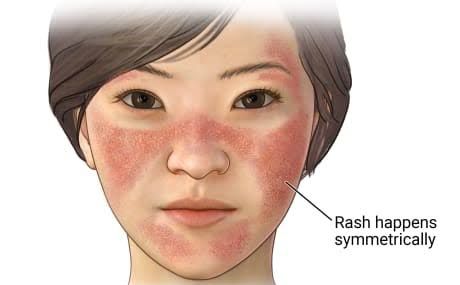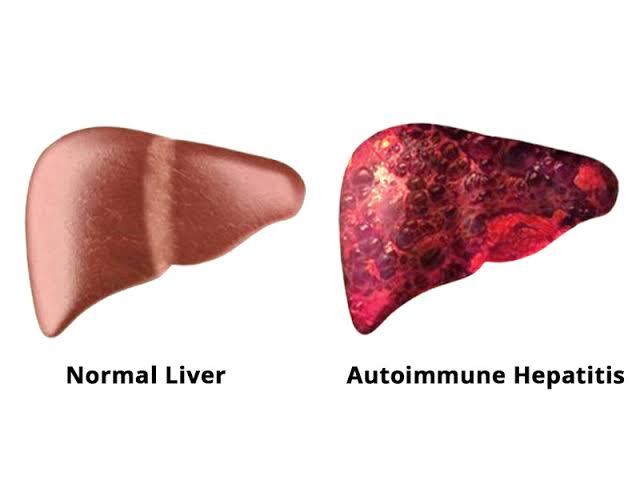
Systemic Lupus Erythematosus (SLE) is a chronic autoimmune disease characterized by the body’s immune system mistakenly attacking its own tissues. This results in widespread inflammation and damage to various organs, including the skin, joints, kidneys, heart, lungs, and brain.
Epidemiology of SLE
SLE has a complex epidemiological profile:
- Prevalence: The prevalence of SLE varies globally but is estimated to be around 20 to 150 cases per 100,000 individuals. It is more common in women than men, with a female-to-male ratio of approximately 9:1.
- Age of Onset: SLE typically presents between the ages of 15 and 44 years but can occur at any age.
- Ethnicity: Certain ethnic groups are at higher risk; for example, African American, Hispanic, and Asian populations have higher incidence rates compared to Caucasians.
Pathogenesis of SLE
The pathogenesis of SLE involves a combination of genetic predisposition, environmental factors, and hormonal influences:
- Genetic Factors: Multiple genes associated with immune regulation have been implicated in SLE. These include genes related to the major histocompatibility complex (MHC), complement system deficiencies, and other immune regulatory genes.
- Environmental Triggers: Factors such as ultraviolet light exposure, infections (e.g., Epstein-Barr virus), certain medications (e.g., hydralazine), and hormonal changes can trigger or exacerbate the disease.
- Immune Dysregulation: In SLE, there is an abnormal activation of B cells leading to the production of autoantibodies against self-antigens. This results in immune complex formation that deposits in tissues and triggers inflammatory responses.
Clinical Features
SLE presents with a wide range of clinical features:
- Constitutional Symptoms: Fatigue, fever, weight loss.
- Musculoskeletal Symptoms: Arthritis or arthralgia affecting multiple joints.
- Dermatological Symptoms: Malar rash (“butterfly rash”), discoid lupus lesions.
- Hematological Manifestations: Anemia, leukopenia, thrombocytopenia.
- Renal Involvement: Lupus nephritis characterized by proteinuria and hematuria.
- Neurological Symptoms: Seizures, psychosis.
Differential Diagnosis
Differential diagnoses for SLE include:
- Scleroderma: Characterized by skin thickening and organ fibrosis; it has distinct serological markers such as anti-Scl-70 antibodies.
- Rheumatoid Arthritis (RA): Primarily affects joints but lacks systemic involvement seen in SLE; RF and anti-CCP antibodies are typically present in RA.
- Other Connective Tissue Diseases: Such as Sjögren’s syndrome or mixed connective tissue disease which may share overlapping symptoms.
Laboratory Importance in SLE
Laboratory tests play a crucial role in diagnosing and monitoring SLE:
- Antinuclear Antibody (ANA) Test: A positive ANA test is found in approximately 95% of patients with SLE but is not specific.
- Anti-dsDNA Antibodies: Highly specific for SLE; their levels correlate with disease activity particularly renal involvement.
- Anti-Smith Antibodies (anti-Sm): Specific for SLE but less commonly found than anti-dsDNA antibodies.
Serology of SLE
Serological testing includes:
- Positive ANA
- Anti-dsDNA
- Anti-Sm
- Complement levels (C3 and C4) may be low during active disease due to consumption by immune complexes.
Complications of SLE
Complications associated with SLE can significantly impact morbidity:
- Lupus Nephritis: A serious complication that can lead to end-stage renal disease if untreated.
- Cardiovascular Disease: Increased risk due to inflammation affecting blood vessels leading to accelerated atherosclerosis.
- Infections: Due to immunosuppression from both the disease itself and treatments.
Nephritis in SLE and Prognosis
Lupus nephritis occurs in about 40% to 50% of patients with SLE:
- Classification based on histopathology into classes I-VI according to the World Health Organization classification system.
- The prognosis varies depending on the class; Class III and IV are associated with worse outcomes compared to Class I or II.
Prognostic Factors
Factors influencing prognosis include:
- Early diagnosis
- Prompt treatment initiation
- Response to therapy
Treatment Options for SLE
Treatment strategies aim at controlling symptoms and preventing flares:
- Nonsteroidal Anti-inflammatory Drugs (NSAIDs) for mild arthritis or fever.
- Corticosteroids, such as prednisone for moderate-to-severe manifestations or flares.
- Immunosuppressants, including azathioprine or mycophenolate mofetil for severe cases or organ involvement like lupus nephritis.
- Newer agents such as belimumab (a monoclonal antibody targeting B-cell activating factor) have shown efficacy in reducing disease activity.
In conclusion, systemic lupus erythematosus is a multifaceted autoimmune disorder requiring comprehensive management strategies tailored to individual patient needs based on clinical presentation and laboratory findings.







